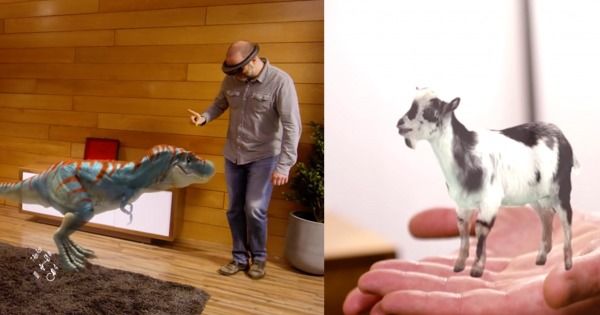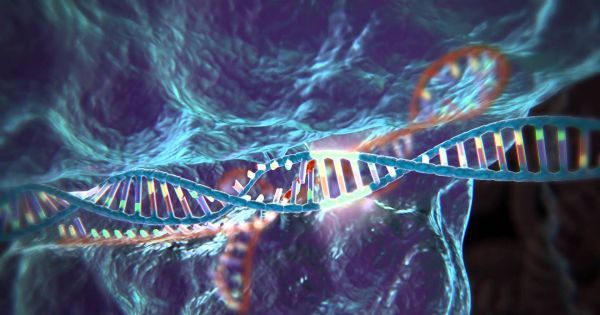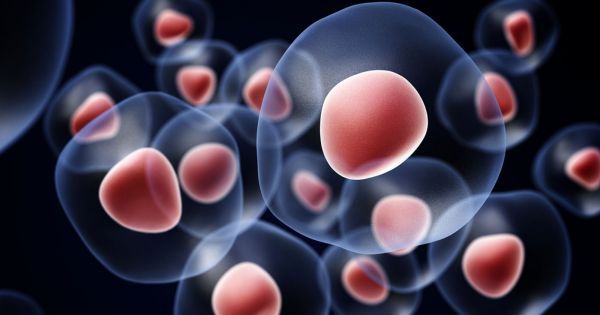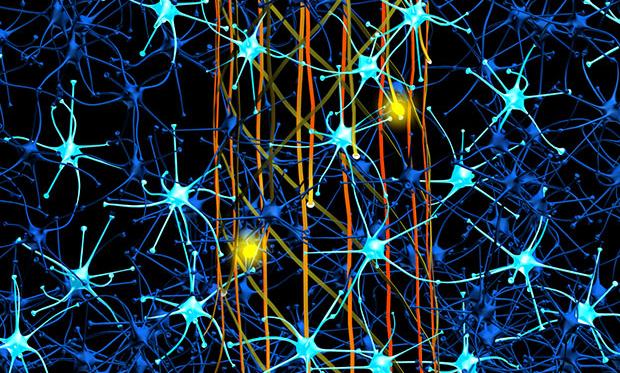Page 10857
Aug 30, 2016
This App Lets You Have Your Own Holographic Pet Dinosaur
Posted by Shailesh Prasad in category: augmented reality

Actiongram was developed specifically for Microsoft’s Hololens, and it comes with a host of remarkable holograms…holograms that you can transport to the center of your living room.
Aug 30, 2016
Move over silicon: Machine learning boom means we need new chips
Posted by Shailesh Prasad in categories: computing, robotics/AI
![]()
The rise of artificial intelligence and impending end of Moore’s law means silicon chips are nearing the end of the line. Here are some alternatives.
Aug 30, 2016
Genetic Engineering Creates Piglets That Are Immune to Deadly Disease
Posted by Shailesh Prasad in categories: bioengineering, biotech/medical, food, genetics, sustainability

Researchers genetically modify piglets to be resistant to an incurable disease plaguing hog farms, Porcine Reproductive Respiratory Syndrome (PRSS). The researchers cut out a specific gene to cure the pigs.
Aug 30, 2016
Regenerative Bandage Heals Wounds 4x Faster
Posted by Shailesh Prasad in category: biotech/medical
Scientists from Northwestern University have been able to create a heat-sensitive bandage that coaxes naturally-occurring stem cells to heal wounds faster.
Technology that allows wounds to heal faster is in great need, especially for those patients that are susceptible to complications from seemingly simple injuries. For diabetics, small bruises and cuts can be life-threatening. What if there was a way to speed up healing these wounds?
The answer may lie in this new bandage. Researchers from Northwestern University have developed a heat-responsive bandage that helps wounds heal faster.
Continue reading “Regenerative Bandage Heals Wounds 4x Faster” »
Aug 30, 2016
Scientists Reprogram Brain With a Beam of Light –“Human Brain is Plastic, Not Hardwired”
Posted by Shailesh Prasad in categories: computing, neuroscience
Neurons that fire together wire together, say scientists at Columbia University, suggesting that the three-pound computer in our heads may be more malleable than we think. Their findings suggest that groups of activated neurons may form the basic building blocks of learning and memory.
Aug 30, 2016
Scientists Discover That We Can Control Gene Editing With Light
Posted by Shailesh Prasad in categories: bioengineering, biotech/medical
A team of researchers from MIT have developed a new technique on the genome-editing system known as CRISPR, which offers precise manipulation of when and where gene editing occurs.
Aug 30, 2016
Nanostructured Device Purifies Water With Light
Posted by Shailesh Prasad in categories: biological, nanotechnology
In many parts of the world, the only way to make germy water safe is by boiling, which consumes precious fuel, or by putting it out in the sun in a plastic bottle so ultraviolet rays will kill the microbes. But because UV rays carry only 4 percent of the sun’s total energy, the UV method takes six to 48 hours, limiting the amount of water people can disinfect this way.
Aug 30, 2016
Forget Self-Driving Cars. Let’s Make Self-Driving Living Rooms
Posted by Shailesh Prasad in categories: habitats, robotics/AI, transportation
The imminent arrival of the self-driving car will change how people move around city streets, but they could do so much more.
The Tridika is a conceptual driverless electric vehicle I created to change how we use cars in our ever-growing cities, where space is expensive and limited. Inspired by Thyssenkrupp’s Willy Wonka-esque Multi elevator, the Tridika works like a self-driving car you can literally park next to your apartment and use as an additional room.















